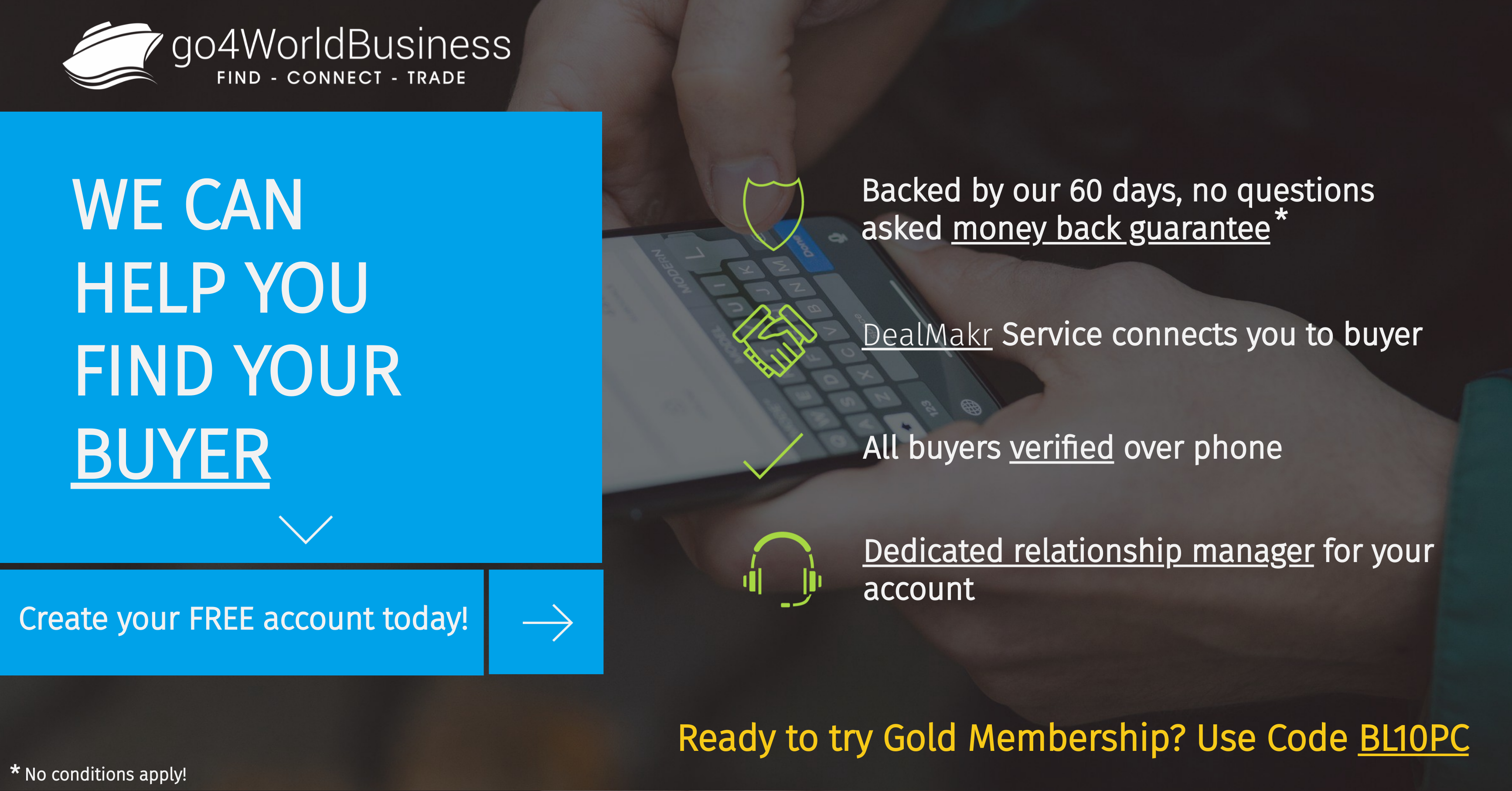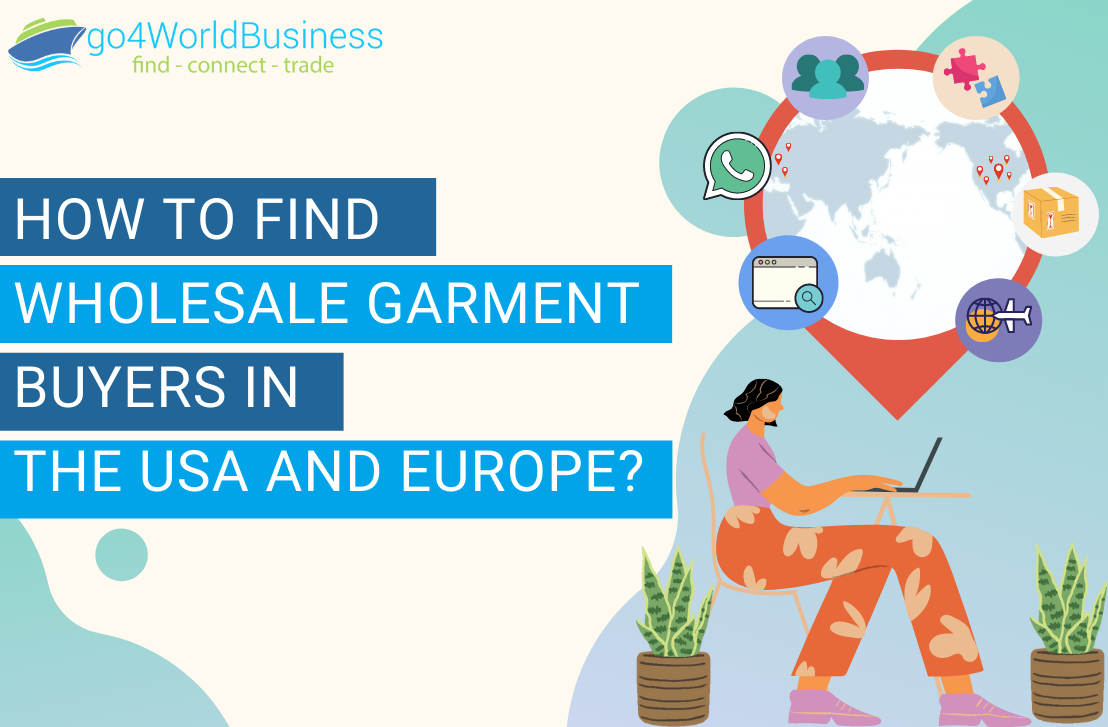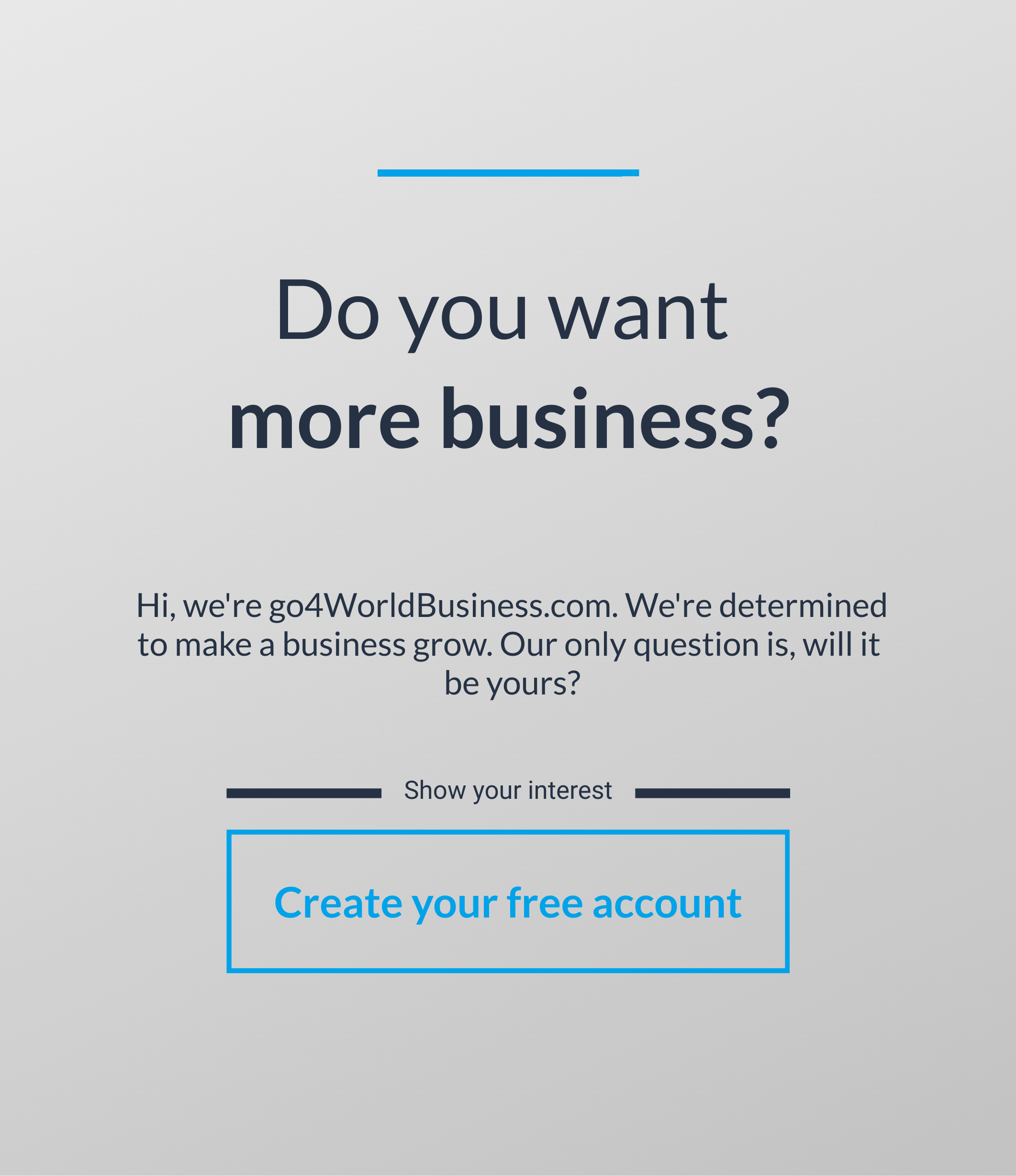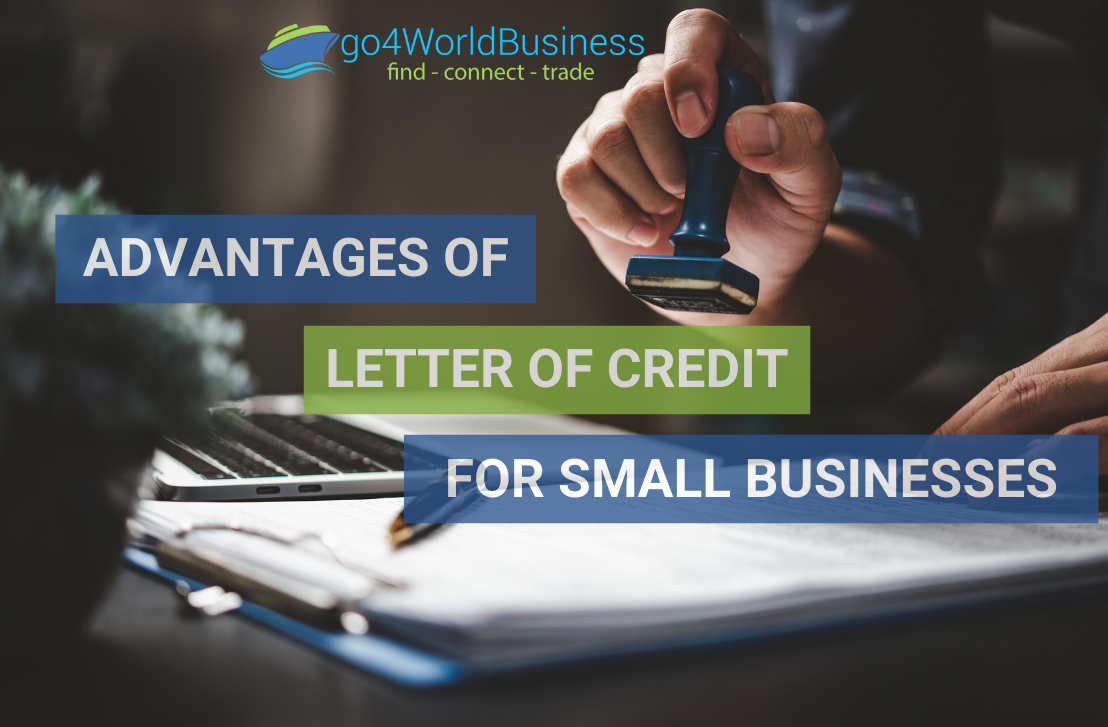Have you ever wondered why your sales quotes to American and European apparel buyers keep sitting in their inbox, unanswered? What would it take for you to not only grab their attention but also use it to secure a successful clothing deal with them? While buyers from Europe and the USA are open to considering new suppliers, they are pretty quick to discard any generic offers that come their way. In the highly segmented European apparels market, any lack of value addition will result in outright rejection of your sales offer. It is therefore of high importance that you stand out and not only offer something better than what these buyers are already getting from existing suppliers, but make an offer they simply can’t resist.
In this article, we will talk about the factors that are responsible for successfully securing an export order from wholesale apparel buyers in Europe and the USA.
Targeting
One of the most crucial steps in the process is profiling the buyer as per their function in the value chain. Following are the different types of buyers that eventually take product from the manufacturer to the end consumer –
- Fashion Retailers
- Multi-brand Retailers
- Brands
- Intermediaries

There is a different strategy and preparation involved in approaching each type of buyer listed above. If your buyer is a major fashion retailer or boutique, please know that they’re already under pressure of high demand resulting from heavy store footfall as well as online orders, which means price pressure is high. The deciding factor is the first sample in this case as such retailers make their decision rather quickly, based on the quality and the manufacturer’s ability to fulfill the complete order in time.
Similarly, brands that update their collections 4-5 times in a year do so by preparing for each one of them 6-12 months in advance and would require patience on your part. Product sampling needs to be done months prior to the deal being signed and you need to provide store-ready samples across various categories. Samples need to have branded tags as well any accessories needed to complete the look for display at the store.
However, for new suppliers and manufacturers, the best target buyer is an intermediary who is usually a private label, trader or importer who will resell your product to buyers who are high up the chain. Flexibility in prices, quantity & quality is their primary focus and you need to work on your price quote accordingly.

Now that you have an idea about the types of buyers, you need to evaluate your strengths that match their requirements. Since determining your own USPs allows you to highlight them to the buyer to grab their attention, it is imperative you list them down first to have a better understanding of which buyers will respond to your offer. Are you a supplier catering to niche brands, do you offer faster delivery or minimum order quantity? Does your proximity to the buyer make a difference in order fulfillment? If these USPs are going to make a difference in the buyer’s decision, you sure need to highlight them in your proposal.
Now let’s talk about your own preparation long before the buyer comes to know about you and your company. There are a few things you simply can’t do without as a garment business and it is important you understand their significance before even writing your sales quote.
Website
Creating a company website should be high up on your list of priority items even before you start approaching buyers. Anyone who wants to verify the legitimacy of your business is bound to look you up online and a professionally-designed website does just the trick. It is another promotional opportunity that gives a clear impression that you are a professional organization.
As an apparel supplier, your website works as a catalog of your product range and gives the buyer an idea about the segments you deal in. For both product sample photos as well as garment images for your website, invest in good product photography.
Fresh content is a must. Make sure the latest product descriptions are SEO-centric and keyword enriched, along with quality images to draw the interest of potential buyers.
Online Promotion
Online promotion of your company is a huge undertaking, one which includes presence on social media, Google as well as popular platforms like Fashion United and Textilia. You can pay them to feature your company and its latest collection via ads on their websites as well as the newsletters they send to subscribers. These are called advertorials.
- Social media
As long as business is conducted online, social media will remain an integral part of its development and marketing. To begin with, you can create a page for your company/business on FaceBook, Linkedin, Twitter and Instagram, followed by regular updates on offers, discounts and latest products/collections. However, the best possible way to enhance reach to potential customers is by using LinkedIn and FaceBook ads. These allow you to reach out to extremely specific audiences, based on the groups and keywords you select.
2. Google
Registering your business on Google helps local buyers reach out to you. It also works as a business card for people who want to collect contact information about your business. Often buyers search for suppliers on Google and other search engines and if you appear on the results page as a business, it increases your chances of being explored by potential clients.
3. Online trade fairs
Online trade fairs have also become very popular since the pandemic years put a cap on the physical events. Choose the right shows based on the apparel segment right for your business to participate online. You can also consider investing in 3D sampling, a digital tool that is extremely effective in fast approvals of your product. There are many websites like Clo3d that offer services to turn your simple product images to 3D versions, thereby accelerating the approval process with the buyer. This works well during online trade fair presentations of your product range as well.
4. B2B portals
B2B websites are a great way to be part of an elusive online directory that potential buyers have access to. Make sure you utilize this opportunity and create a wholesome profile that includes information about your company, staff, product range and segments (active, casual, formal etc.) and most importantly, high quality apparel images. If you yourself can’t come up with concise content, always take help from a content writer who can prepare content and product descriptions for you in English. As far as B2B websites and matchmaking platforms go, you are only as good as whatever is shown on your company profile, so make sure it looks professional and driven. You also need to regularly check these websites for potential buy leads and subscribe for notifications for segment/product matching buy leads.
Sector Associations
Sector associations are organizations in the apparel industry that support member companies. You can opt for those associations that feature companies you’re trying to connect with. Here too, you can request them to introduce your business/company in their newsletters. These associations also conduct matchmaking events for buyers and suppliers. Some of these associations are-
- International Apparel Federation
- European Branded Clothing Alliance
- EuroCommerce
Specifications
Buyers seldom provide complete product specifications. Most buy leads you see include very basic information about the product in demand. It is your job to ask as many questions as necessary to reflect your seriousness about the order. It is also an indicator of your preparedness as a supplier. Following example shows a buy lead posted on a B2B website about a specific product segment –

The buy lead above leaves a lot of scope for questioning from color and sizes to material and stitching style. Asking the right questions builds trust in the buyer’s mind that his order is in the right hands.
For niche product segments, buyers can be extremely particular about garment specifications. If you are unable to meet the requirements, do not waste time in convincing them only to later fall short of their expectations. However, if you deal in niche segments like workwear, performance wear or adaptive wear, these specialized buyers could be a target audience for your products.
All of this brings us to the most important part of the process, creating a sales quote.
How to write the perfect sales quote?
The payment and shipping terms are always mentioned in the buy leads you find online. For buyers who approach you through other means, you can always try to have an upper hand and negotiate your way to reasonable and safe payment and shipping terms. Similarly, when you are approaching a renowned brand or organization, you can afford to play by their terms, on the basis of the established image of the buyer if nothing more.
However, if your sales quote is the very first correspondence of any kind with the buyer, it needs to be strategically created and must include all the aspects that are too good to ignore for the demanding American or European buyer. Take following points into consideration when preparing a sales quote –
Do not offer unrealistically low target price
Buyers are smart and can see through an attractive yet feeble claim. Even if you are trying to win over a buyer with a low price for long term prospects, eventually they’ll go away when you reinstate normal pricing.
Realistic profit margin
Similarly, do not go for unrealistic profit margins. Anything above 45% margin often applies to B2C. You can start with 15% and above for big orders from high value retailers and can go as high as 40% for small orders with little known brands.
Bill of materials
Always include the bill of materials in your proposal so that the buyer has a fair idea about sample pricing of materials that accumulate in building up the final price per piece.
Costing sheet
This is another important set of details of a truly impressive sales quote. Telling the buyer about the process, inclusions as well as USPs in crafting each garment helps you stand out. Do not forget to include pricing for working hours for ‘cut and make’, fabrics, size breakdown, labels, buttons, badges; patterns like embroidery, printing, sewing thread, and stitching techniques – interlining, padding along with packaging material and miscellaneous additions like hang tags, safety tags, polybag, carton box and export cartons
Hire a sales agent in the region
Whether you’re proficient in English or local languages or not, it is always advisable to hire a sales agent in the target country or region. They help in everything from translation to negotiations and when trained well, can help secure successful business deals.
You can use LinkedIn to shortlist candidates who have a nice network of buyers. You can also take help of the headhunting company.
And finally…
Do not claim to be the best
If you were, buyers would know. Keep it real. Honesty in business goes a long way, especially with European buyers who can see through the superlatives.
If you’re in for the long haul in the garment export business, you must know that finding and connecting with potential buyers is an ongoing process and takes a lot of your time and money. Engaging them and maintaining profitable business relationships, well that takes your total commitment towards quality and timely deliverance.











Really this is best article!
Thank you for this amazing content about find wholeseller buyer in USA.